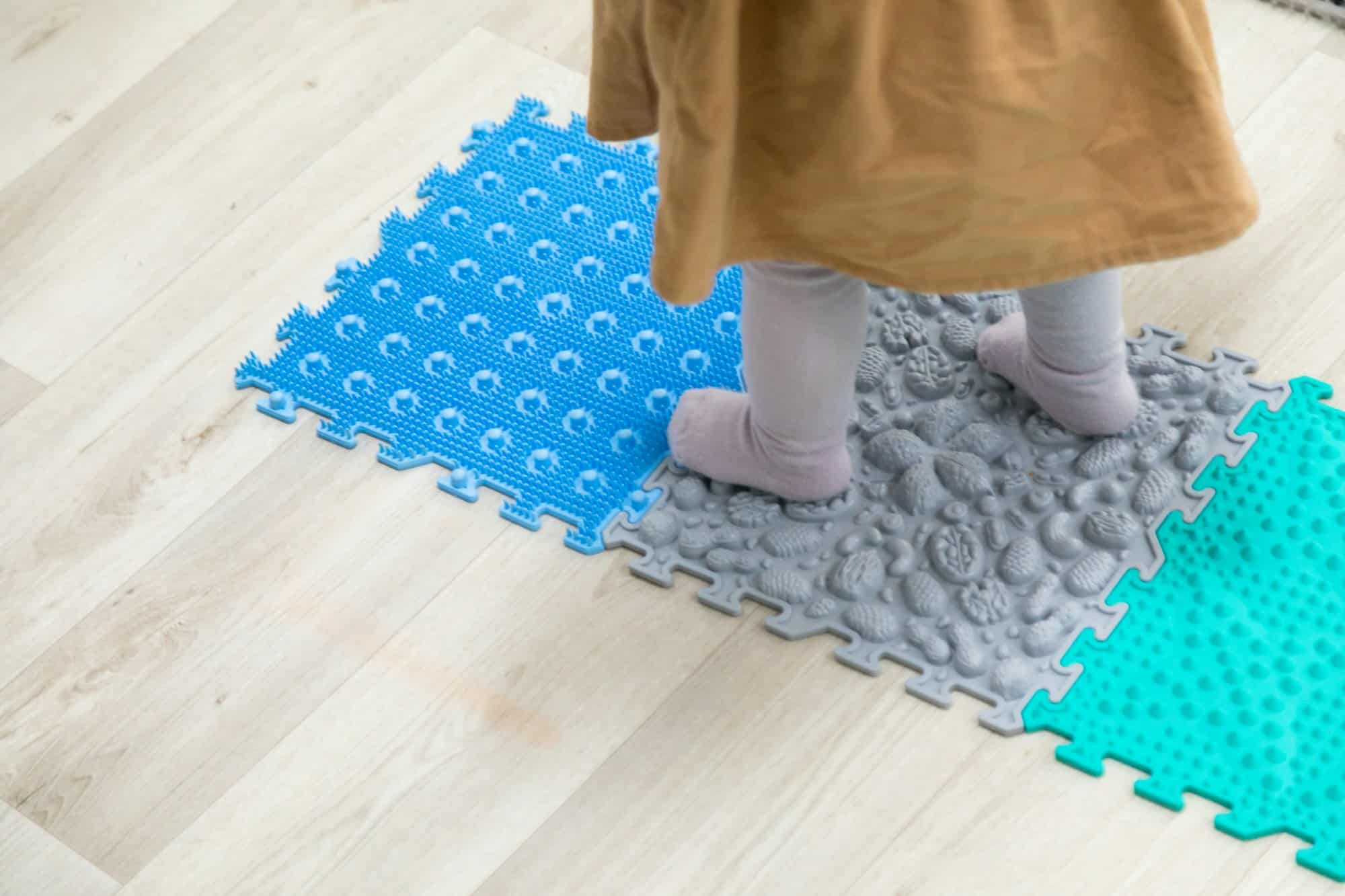How to Create a DIY Sensory Garden for Visually Impaired Pets?

Visually impaired dogs require unique care and attention. They may not be able to see the world around them, but their other senses, such as smell and touch, are sharper. One great idea to enrich their lives is to create a DIY sensory garden. This garden will not only provide an enriching play area for your dogs but also serve as an exciting exploration space for your plants and a beautiful addition to your home. Here we will cover several tips and ideas for designing the perfect sensory garden that your dog will truly relish.
Choosing the Right Spot for Your Sensory Garden
Creating a garden requires careful planning, especially when it is intended for a visually impaired dog. The first step in this process is finding the perfect spot in your yard. Ideally, this should be an area where your dog already loves to sniff and explore.
A lire également : How to Properly Care for the Sensitive Paws of a Sled Dog in Harsh Conditions?
The location should be large enough to accommodate tall and raised gardens. You should also ensure it is well-drained, as standing water can cause health problems for your pets and plants. A sunny spot is the most suitable for most plants. However, it’s important to ensure your dog has access to shade as well.
Plant Selection: What to Plant in a Sensory Garden
A sensory garden is all about creating a rich, stimulating environment for your dog. This means you’ll need plants that are safe for dogs and provide a range of experiences.
A voir aussi : What Are the Best Practices for Introducing a Puppy to a Household with an Elderly Dog?
You can start by planting a variety of herbs. Herbs like rosemary, mint, and basil are safe for dogs and have powerful smells that can stimulate their senses. Tall ornamental grasses can create interesting textures for your dogs to feel under their paws and provide them with a soft place to rest.
As for flowers, opt for those that are non-toxic to dogs, such as marigolds, snapdragons, and sunflowers. These plants not only help create a beautiful garden but also offer different textures and smells.
Remember, while visually impaired dogs may not see the colors of the plants, they will certainly appreciate the smells, sounds, and textures of the garden you create.
Incorporating Water Features
Water features can add an exciting new dimension to your sensory garden. The sound of flowing water can not only soothe your dog but also help them navigate the garden. A small pond or a fountain can work well for this purpose.
However, safety should be your prime concern. Ensure that the water feature is safe for your dog to play with. A shallow, flowing water feature can provide drinking water and a cool place for your dog to relax.
Designing the Layout
The layout of your sensory garden should be simple and clear to help your visually impaired dog navigate. Clearly define the paths with borders or different textures, such as gravel or rubber tiles. You can also use raised beds or containers for your plants to create different levels in your garden, which your dog can explore.
You might want to consider having a central feature, such as a large tree or a sculpture, to provide a reference point for your dog. It’s also a good idea to keep the water feature near this central point, so your dog can easily locate it.
Teaching Your Dog to Navigate the Sensory Garden
After you have designed and created your sensory garden, the next step is to guide your dog through it. It’s essential to do this slowly and patiently. Start by walking your dog on a leash around the garden, guiding them to each new feature and letting them explore it.
Remember, the purpose of creating a sensory garden is to enrich your dog’s life. Don’t rush the process. Allow your dog the pleasure of discovering each new plant, texture, and scent at their own pace.
Creating a sensory garden for your visually impaired dog is not just a task, but a labor of love. With careful planning and thoughtful design, you can create a garden that your dog will adore, and you’ll have a beautiful, enriched outdoor space to enjoy as well.
Incorporating Auditory Stimulation
In addition to touch and smell, the sense of hearing is critical for a visually impaired dog. Wind chimes and other noise-making elements can be a valuable addition to your sensory garden.
Wind chimes create a unique auditory experience for your dog. Made of metal, bamboo, glass, or ceramics, wind chimes produce different sounds and tones, which can stimulate your dog’s auditory senses. Strategically placing these sound accessories around your garden will provide auditory cues that can help your dog navigate the garden.
Another interesting idea is using plants that make distinct sounds. For instance, bamboo plants rustle when the wind blows, creating a soothing sound. Similarly, dried seed pods or cones in the breeze create a unique sensory experience.
While incorporating these auditory elements, ensure that they’re not overwhelming or distressing for your dog. The sounds should be gentle and soothing, enhancing the overall sensory experience rather than causing anxiety or fear.
Ensuring Safety and Accessibility
When creating a sensory garden for your visually impaired pet, safety should always be a priority. All the garden features, including plants, water features, and wind chimes, should be dog-friendly.
Raised garden beds are a great way to keep plants within your dog’s reach without risking them stepping on prickly or potentially harmful plants. The raised beds should be sturdy and of varying heights to create interest and challenges for your dog.
The paths in your sensory garden should be clear and wide enough for your dog to walk comfortably. Use different textures on the pathways to aid navigation. For example, gravel paths can be used to lead to water features, while soft grass or mulch pathways can guide your dog to the garden beds.
Also, remember to create a comfortable resting area for your dog. This could be a shady spot under a tree or a soft grassy patch. A tall, wide, and easily accessible space ensures your dog can enjoy the sensory garden without strain or discomfort.
Conclusion
Creating a sensory garden for a visually impaired pet is a rewarding project that enriches your dog’s life while enhancing your outdoor space. It requires thoughtful planning, selection of suitable plants, and incorporation of various sensory experiences.
Remember to choose a familiar location for your garden, select dog-safe plants that offer different smells and textures, incorporate water features and wind chimes for additional sensory stimulation, and ensure the garden design facilitates easy navigation.
Teach your dog to navigate the garden at a slow and comfortable pace and give them plenty of time to explore and enjoy the garden sensory experiences. Safety and accessibility should be at the forefront of your garden ideas, ensuring the garden is not only enjoyable but also safe for your pet.
Creating a sensory garden is, ultimately, a labor of love. It’s an opportunity to provide your visually impaired pet with a rich, stimulating environment that they can explore and enjoy. With time and patience, your sensory garden will become a haven for your pet, offering them endless hours of fun and exploration.
